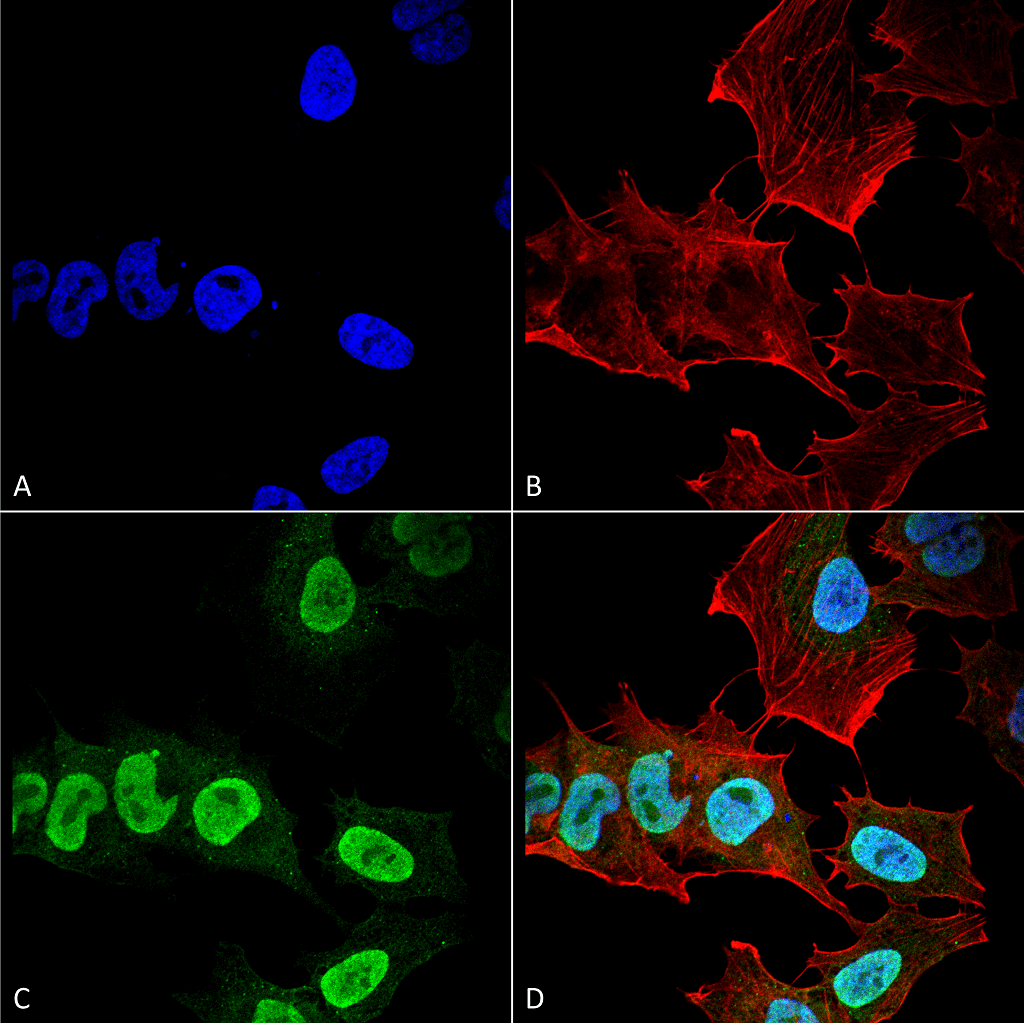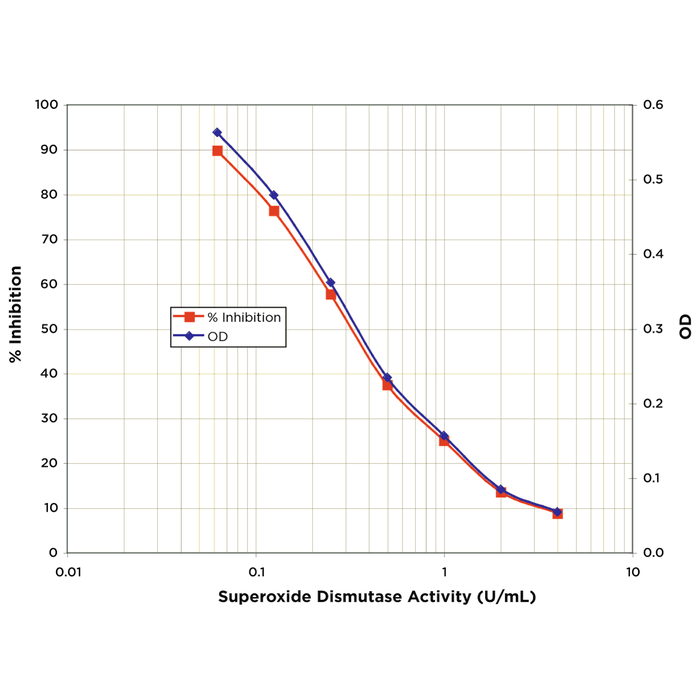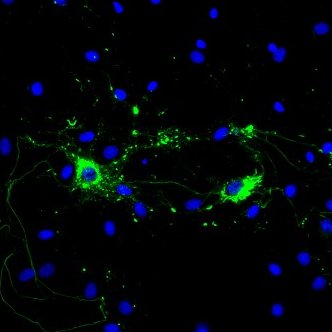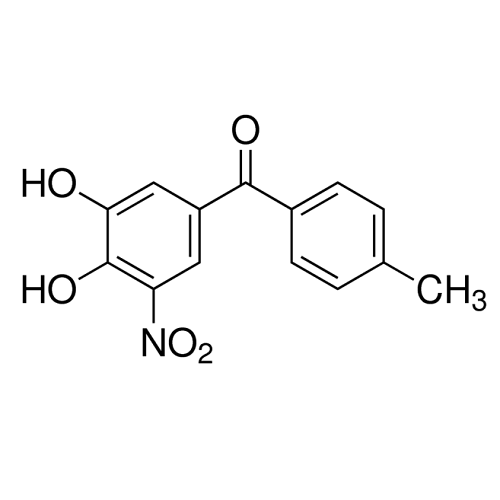Alpha Synuclein: Tau in Parkinson’s disease
A majority of the focus surrounds alpha synuclein in PD therapy, however, tau shows promise as a neuroprotective target. Tau is a protein, located in neuronal cells, that stabilizes and promotes the assembly of microtubules33. There are six different human isoforms, each containing microtubule binding repeat motifs that mediate axonal transport34. The ability of this protein to bind its targets depends on posttranslational modifications: phosphorylation, glycosylation, and acetylation35.
There are pathogenic interactions between alpha synuclein and tau that result in the development of PD. In neurodegenerative disorders, like Alzheimer’s and Parkinson’s, tau is hyperphosphorylated causing microtubule destabilization and hindered protein transport leading to protein accumulation of insoluble neurofibrillary tangles (NFTs) in the cell body of neurons. Additionally, this protein is a constituent of LB and LN that interacts with alpha synuclein; the simultaneous phosphorylation of both tau and alpha synuclein suggests a pathophysiological function34.
There has been an abundance of research analyzing how the interactions of alpha synuclein and tau contribute to PD. In an early study, Jensen et al. (1999) showed that alpha synuclein increases Tau phosphorylation at Ser262/356. Then, 11 years later, similar results were found when human neuroblastoma M17 cells were exposed to MPTP; intracellular alpha synuclein promotes Tau phosphorylation at Ser262. Alpha synuclein was described as an “in vivo” regulator of tau, and tau as a major factor in the chain of events that lead to the death of dopamine neurons in the brain37. The purpose of this recruitment and phosphorylation could be to aid in the neurodegenerative procession; alpha synuclein induced phosphorylation of tau destabilizes microtubules causing a lowered rate of axonal transport. Damage to the machinery that conducts the cellular delivery of proteins, including alpha synuclein, results in the accumulation and deposition of the aggregates, leading to neurodegeneration38.



